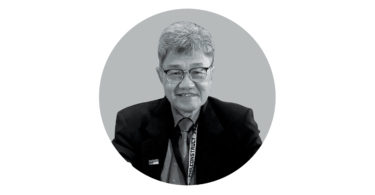After graduating from Parahyangan Catholic University with a degree in architecture in 1984, Ir. Budi Sumaatmadja, IAI immediately acquired a position at one of Indonesia’s largest consultants at that time, Encona Engineering Inc. He was placed in the construction management department as a field worker to manage all matters concerning engineering and design. In 1995, he started Anggara Architeam, and now his team also includes two other renowned names, Adri Rahadian Hanafi and Toto Sugito.
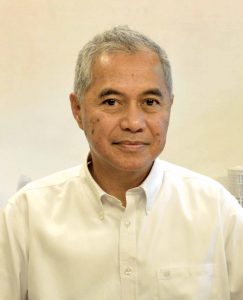 In 1987, Budi was a field-engineering manager of a large project, the 114-hectare Garuda Maintenance Facilities in Soekarno-Hatta Airport, Jakarta. He had to liaise with more than 50 contractors and clients. This required not just architectural prowess, but also knowledge about the structural, civil, mechanical and electrical aspects of construction. Through this, he learned how to coordinate between various specialists and fields of study.
In 1987, Budi was a field-engineering manager of a large project, the 114-hectare Garuda Maintenance Facilities in Soekarno-Hatta Airport, Jakarta. He had to liaise with more than 50 contractors and clients. This required not just architectural prowess, but also knowledge about the structural, civil, mechanical and electrical aspects of construction. Through this, he learned how to coordinate between various specialists and fields of study.
After four years at Inkona, Budi moved to another firm, Desakota, where he was given the opportunity to handle the design and construction supervision of Wisma BNI 46 at Jalan Sudirman, along with several other bank projects.
In 1989, together with his colleagues at Encona Engineering Inc., he joined Aimas Asri, where he helmed numerous large-scale design projects until 1995. Budi then resigned from Airmas Asri and started Anggara Architeam, of which he is the founder and president director.
How did you start Anggara Architeam?
I had two desires that drove me to start Anggara Architeam, namely my desire to keep learning and my desire to start something on my own.
The large projects that I did in Airmas helped me to meet and interact with various architecture consultants from around the world. I learnt a lot from them and got used to their high standards and ways of dealing with things. These were valuable lessons that helped me when I started Anggara.
During my last years in Airmas, I was involved in a large-scale project in the Sudirman Central Business District compound, the former Conrad building that is now known as the Ritz-Carlton Pacific Place. The client offered the second tower project of the Jakarta Stock Exchange (JSE) to Airmas, but the firm turned it down. Because the client was already familiar with me through our work together in the previous project, he asked me to handle this new office tower although I was not working with Airmas anymore. This was Anggara’s first project.
The design was done by a New York-based architecture consultant, and Anggara was commissioned as its local partner and tasked to translate the design into field work. The construction of the project was done by Ssangyong, a company with a keen eye for detail that demanded thorough implementation documents.
 How were you affected by the monetary crisis two decades ago?
How were you affected by the monetary crisis two decades ago?
Once the JSE tower project was completed in 1997, Indonesia was hit by a massive monetary crisis. Many projects had to be discontinued, including the project that we were handling at that time, the 51-storey Graha Kuningan. At that time, the JSE Building and Graha Kuningan were our two main sources of income, and with around 40 employees in Anggara, that was it for us. Without any projects, we had to reduce the number of employees to five. To earn a living during that difficult time, I became the distributing agent for a local bread company for almost a year.
After that, a colleague of mine and I were given the opportunity to work together with a Dutch architect, and for three years, we worked alongside two architecture firms in the Netherlands. This opportunity truly saved Anggara as there were no other projects to do in Indonesia during that time.
Over the past 22 years, what would you consider the company’s milestone projects?
The Indonesian economy was recovering in 2000, so more projects were coming our way. The expansion and addition of several buildings in Plaza Senayan, which I previously handled in Airmas, was the first project we had after the crisis.
That was followed with several larger projects, including towers C and D at the Plaza Senayan apartment building and the Fairmont Jakarta hotel in the same compound. From the Japanese developer commissioned to handle this project, we learnt a consistent, thorough and innovative way of working. It was extremely conventional, but we learnt a lot from them.
From pitching, we also acquired a large project in 2003, the Grand Indonesia shopping mall. It was the largest mixed-use project that we had ever handled, with a total measurement of around 700,000 square metres, with various functions and a heritage theme passed down from the neighbouring iconic Hotel Indonesia. From this complex project, which was finished in 2008 together with an American architecture consultant, we picked up a lot of new skills. We learnt how to create a design that goes with all other aspects of the compound; how to deal with numerous mall tenants, each with their own requirements and demands; how to handle the heritage theme, which required us to stick to many rules and regulations; and how to sit down at meetings with our government counterparts.
Another important project for us is the Lippo Kemang Village in 2006, a mixed-use area measuring 450,000 square metres. We were given the project as we had previously handled several other smaller projects from Lippo in 1996. Then, there is one other large mixed-use compound that we recently completed, the New Soho, which was formerly known as Podomoro City in Jakarta. In addition, there is the Praxis project in Surabaya, which was a project that we started from scratch.
Of course, the JSE Tower 2 was the first project where Anggara had to collaborate with foreign consultants. Three of our latest high-end projects are Tokyu Land Corporation’s Branz BSD, the Anandamaya Residence belonging to Astra International and Hongkong Land, and the WTC 3, also owned by Hongkong Land, which held us to the extremely high standards used in Hong Kong’s premium office towers. For Branz BSD, we worked together with Nikken Sekei from Japan, with its demanding high standard of work ethics, while for the Anandamaya Residence, we collaborated with an award-winning Singapore-based architecture consultant.
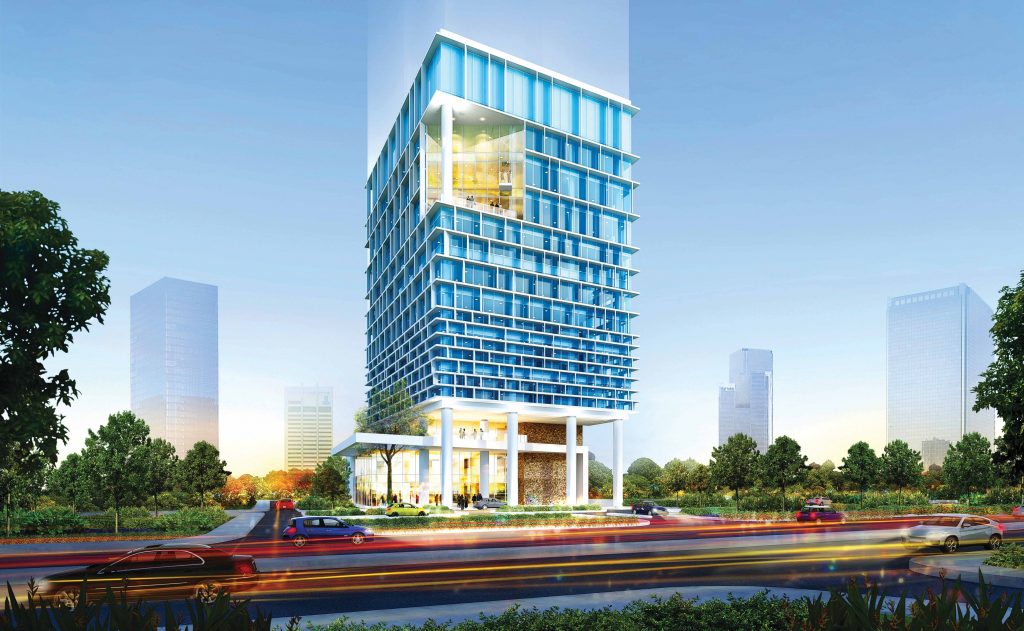 Which design process becomes the foundation of design planning in Anggara Architeam?
Which design process becomes the foundation of design planning in Anggara Architeam?
Anggara always goes through systematic design stages, namely: conceptual design, schematic design, design development and tender document. In the first stage, the two most important items for us are the building’s character, according to the client’s brief, as well as the environment and programming of the building, with regard to the need of space and the link between the spaces. I believe that this first step is very important as Anggara cannot create a structure just merely for aesthetic reasons.
The schematic design stage is no less important because it is when we start interacting with a structural consultant, mechanical engineers and experts from other fields. At this stage, we also have to be ready with various documents for regulatory purposes. After finishing this stage, which includes coming up with a client-approved budget, the design development stage becomes our benchmark to scrutinise everything about the project’s construction in detail before we finally present a thorough tender document.
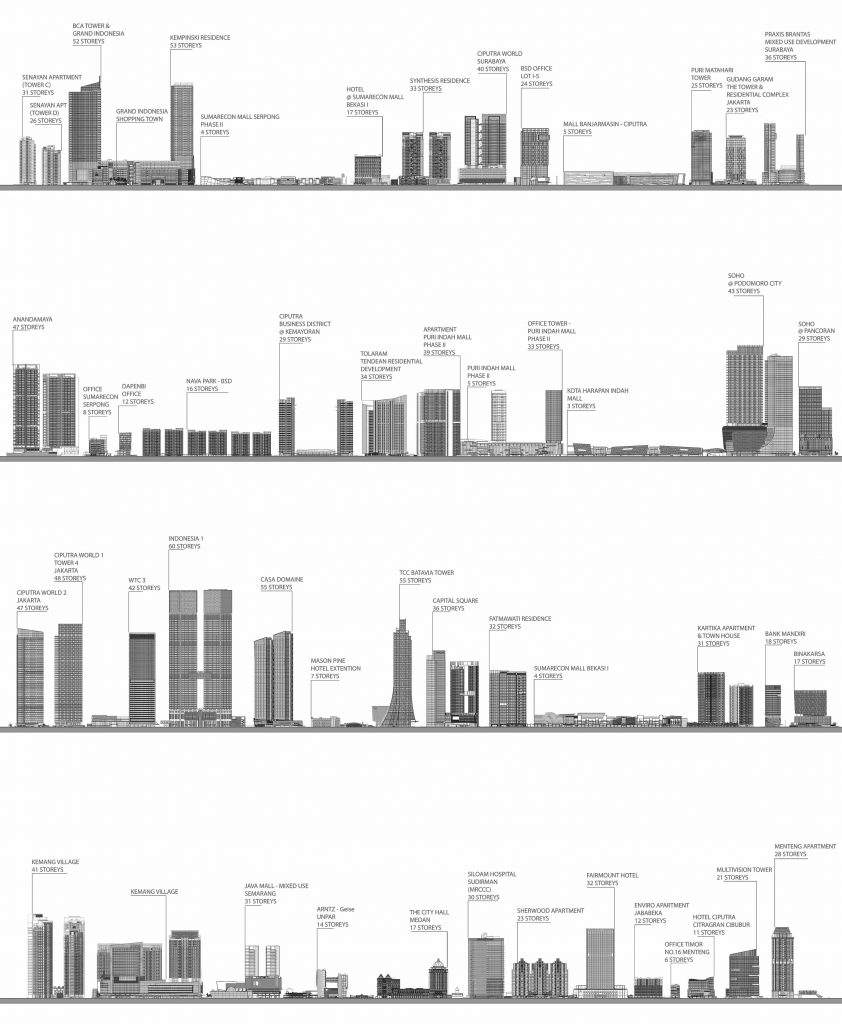 What do you think is the development trend in Indonesia’s architecture and construction world?
What do you think is the development trend in Indonesia’s architecture and construction world?
The demands will be higher, especially for better quality products, as nowadays global interaction is convenient and well-developed. Developers or project owners have to update their knowledge and come up with a building with a high standard of quality. At the same time, they are also required to reach the breakeven point quickly. Indirectly, this demands a more efficient project. Therefore, I believe that in the future, a building needs to fulfil this efficiency element in terms of design, function and cost.
For Indonesia, I think our appreciation towards the local culture is greater than before. Local wisdom has become one of the trends that we can proudly insert into the design. This influences how we think about a design that befits the conditions of our country, Indonesia.
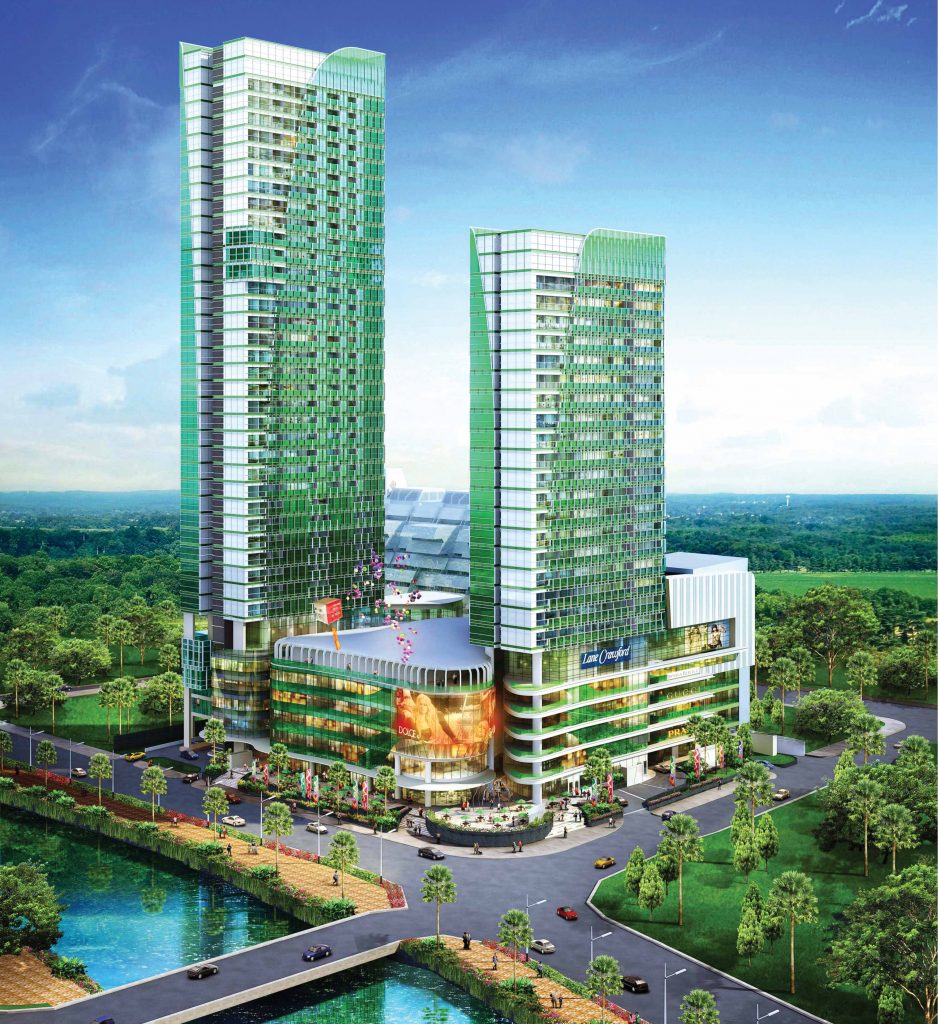 Technology has become a part of the architecture and construction world. What is your take on this?
Technology has become a part of the architecture and construction world. What is your take on this?
For architecture activities, drawing technology today can save us more room and time. Information transfer is also relatively easy because everything is perfectly connected. The same thing can be said about the coordination between various fields of study. With the introduction of building information modelling (BIM), everything has been made easier for the people involved in the construction process.
For the building itself, technology is a positive addition. It has resulted in the energy-efficient LED, the lift technology that does not require too much space for the machinery, and the glass technology that allows buildings to be lighter and more transparent with a more varied façade, among others. Building a basement level for parking today is a lot easier with the top-down technology.
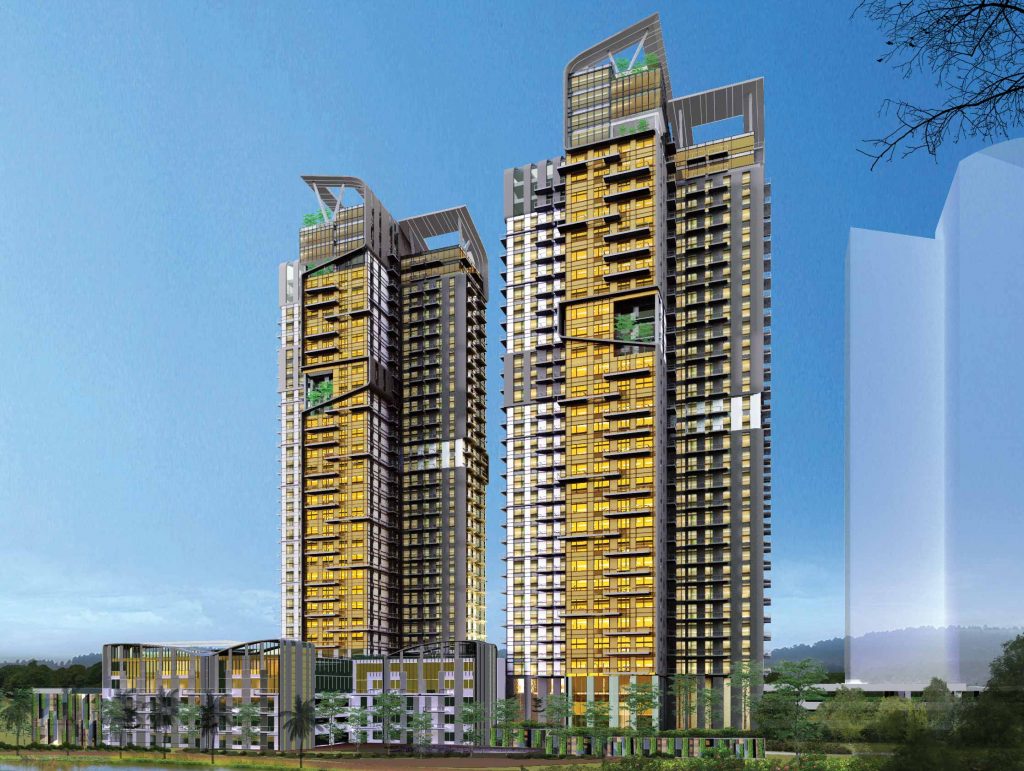 What do you hope Anggara Architeam will achieve in the future?
What do you hope Anggara Architeam will achieve in the future?
Nothing over the top, because I want Anggara to be a place where we can learn and work. It should also be an architecture consultant that heeds sustainability and local wisdom. We should be the best at achieving a result that can include both targets.

 Malaysia
Malaysia Hong Kong
Hong Kong Singapore
Singapore Tiếng Việt
Tiếng Việt ประเทศไทย
ประเทศไทย




